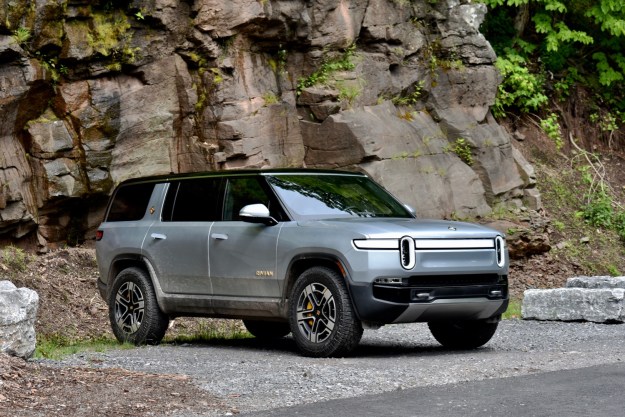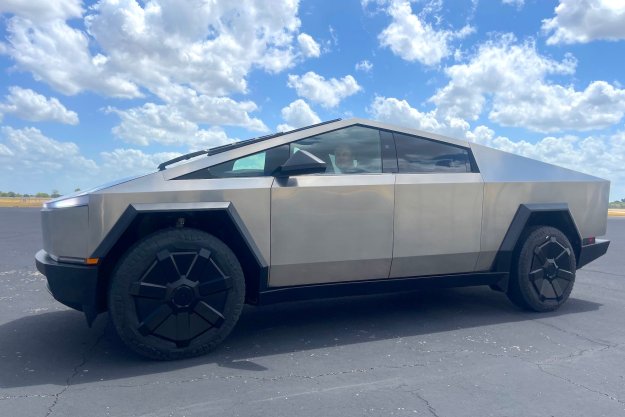They’ve barely been available in dealerships, but Subaru has already had to recall the 2020 Outback and 2020 Legacy over problems with the cars’ brake pedal.
According to recall information from the National Highway Traffic Safety Administration (NHTSA), the issue is with a bolt that mounts the brake pedal to the rest of the car — it either isn’t tight enough to secure the pedal, or it’s missing altogether.
Luckily, Subaru caught the defect quickly and is fixing it for free, as is standard when a car is recalled (even one this new). The brake defect affects about 3,500 cars — 2,862 Outbacks and 605 Legacy sedans. This could be a serious issue: If your brake pedal isn’t working properly, it could affect your ability to stop and increase your risk of a collision.
The Outback models affected were built between July 30, 2019, and August 29, 2020, and the Legacy models were manufactured between July 31, 2019, and August 26, 2019. The culprit was likely a defective bolt feeder at the factory where the cars were produced, Subaru said.

Both the Outback and Legacy underwent significant changes for the 2020 model year. Both of them transitioned over to the Subaru Global Platform, the next-generation platform for Subaru vehicles moving forward, for the first time. Subaru also added even more tech to the cabin, including a huge 11.6-inch touchscreens.
We’ve contacted Subaru for additional details on the recall and will update this story when we hear back.
How to check if your vehicle is affected by the recall
Subaru plans to start notifying affected customers via e-mail and traditional mail starting October 1. If your vehicle is affected, you’ll have to take your car to a dealership for an inspection — if there’s a problem with your brake pedal, a technician will either fix or replace it.
If you wanted to identify any issues quicker than that, you can enter your Vehicle Identification Number (VIN) on either the NHTSA’s recall page or Subaru’s own recall page.
Since both cars are so new, there could still be vehicles with the issue in dealerships or ones that have been recently sold — so it’s always a good idea to check if you’re affected.
Editors' Recommendations
- 2021 Subaru Outback vs. 2021 Subaru Forester
- Subaru recalls 360,000 Forester SUVs over airbag deactivation issue



